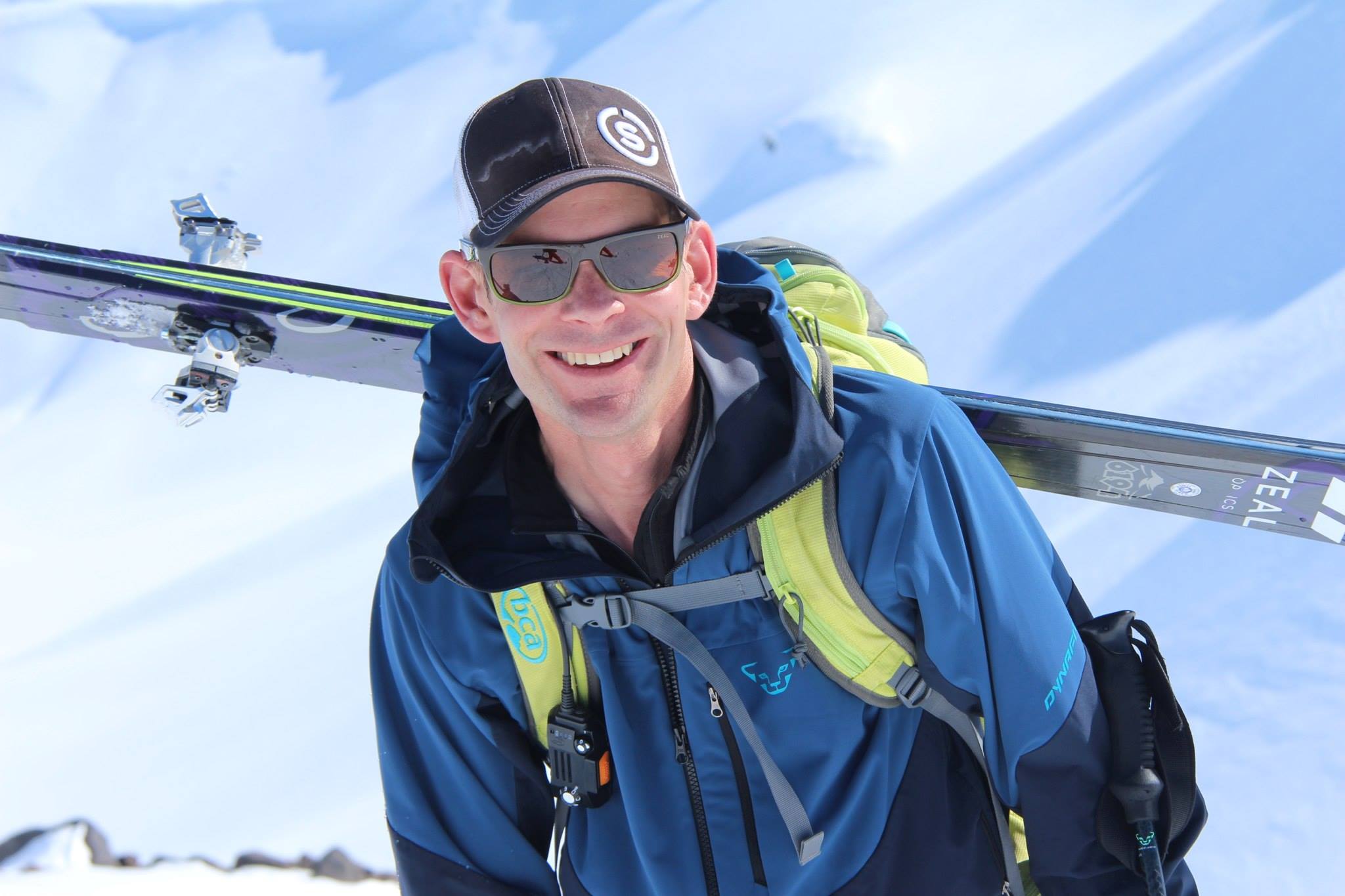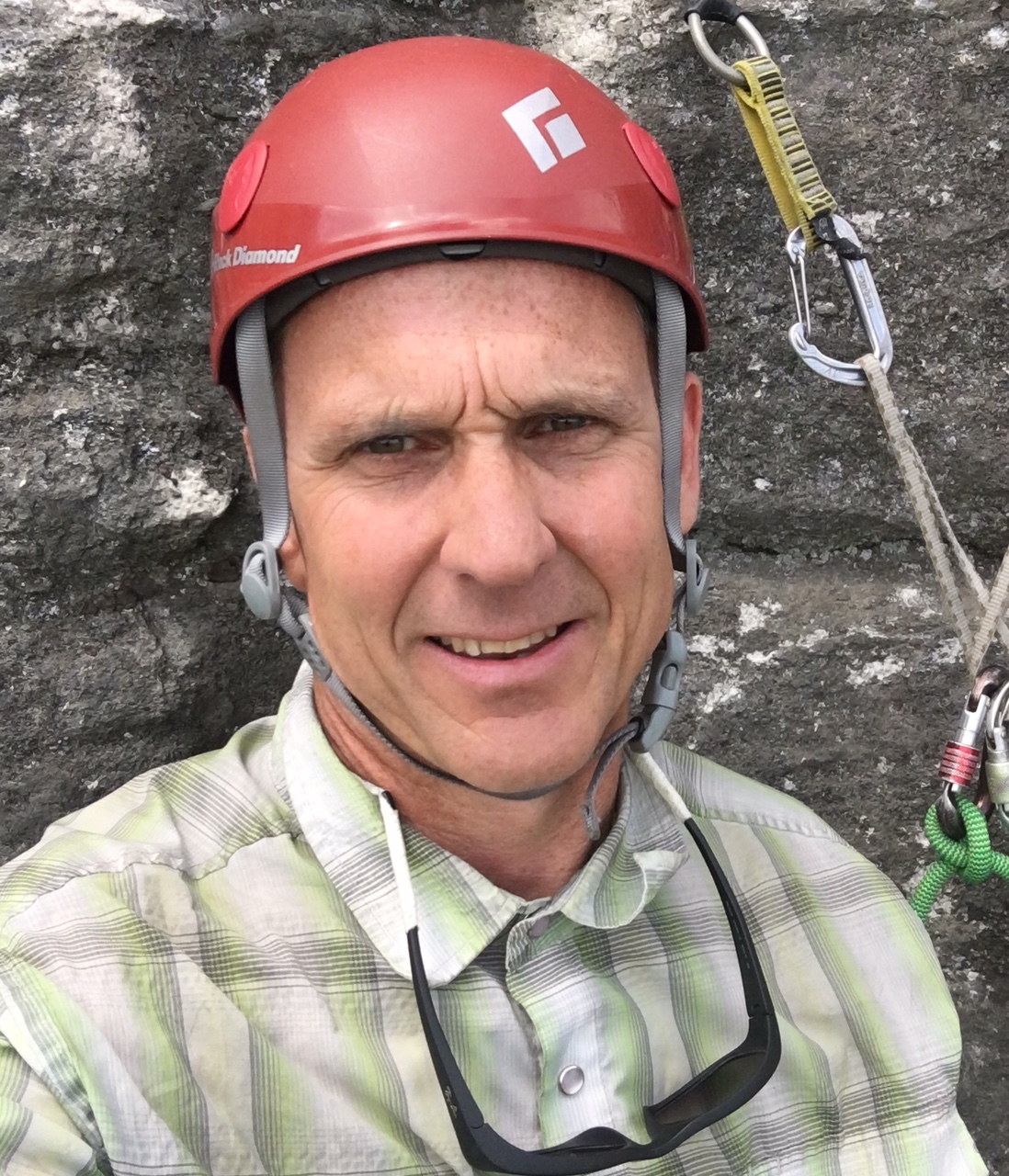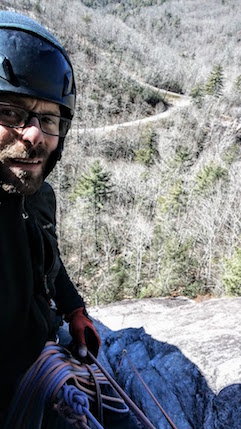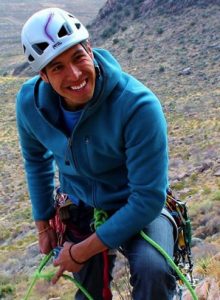
AMGA History
The History of the AMGA
The story of American guides goes back many years and can almost be traced to the year its international partner, the International Federation of Mountain Guides Associations (UIAGM/IFMGA) was founded, 1965. It was in this same year that American John Harlin founded the International School of Mountaineering in Leysin, Switzerland. Soon other guides joined the ISM, familiar names such as Royal Robins, Gary Hemming, Layton Kor, and Brits Dougal Haston and Don Whillans. Even though the ISM did not officially require instructors to be UIAGM certified guides until about 1980 (largely through the urging of then-President Pete Boardman), certainly both organizations had long been keenly aware of each others’ developments. But, it wouldn’t be until 1997 that the two organizations would be officially tied together.
Harnessing the Beast: Uniting America’s Mountain Guides
Since the 1970s, several American groups tried their hand at guide certification, including the American Alpine Club. But it wasn’t until 1979 that the first real steps were made. In Jackson, Wyo., a group of guides decided to formalize an organization representing the greater guide community—the American Professional Mountain Guides Association (APMGA). Twelve guides—among them Jim Donini, Yvon Chouinard, and Peter Lev—penned the “Moose Bar Charter” on napkins in the Moose Bar.
However, the APMGA didn’t get very far either in uniting American guides, nor in getting UIAGM approval. As those climbers discovered (and embodied), the wildness and freedom of the mountain guide community would not easily be contained. Spread across the country, guides operated regionally, with little communication between each other. The international community was equally dismissive of America’s efforts. One request, long ago, for information from the UIAGM by Doug Robinson was met gruffly with a letter commenting on “monkeys without ropes”.
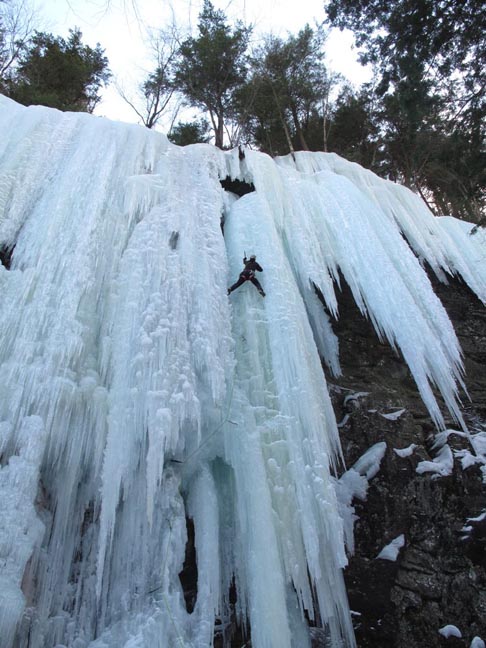 Thus, climbing standards were all but impossible to implement. But then the insurance crisis hit. From the mid-80s until 1990, insurance premiums rose and coverage became unavailable for many guides. Many faced the loss of their guide services or careers. Subsequently, this spurred John Fischer, owner of the Palisades School of Mountaineering, and Allan Pietrasanta, a guide, to try again to mobilize America’s guides.
Thus, climbing standards were all but impossible to implement. But then the insurance crisis hit. From the mid-80s until 1990, insurance premiums rose and coverage became unavailable for many guides. Many faced the loss of their guide services or careers. Subsequently, this spurred John Fischer, owner of the Palisades School of Mountaineering, and Allan Pietrasanta, a guide, to try again to mobilize America’s guides.
“When the insurance crunch happened, everybody was in trouble,” said Pietrasanta. “But it was still really tough to unite everyone. The guides in the Northwest said, ‘we don’t need this,’ and the guides in Conway said, ‘nobody cares about us out here.’ Everybody had their trips. There were a lot of big egos… hard to believe.” The two men also had a lot of difficulty getting the word out.
“It was hard to get everybody together; this was before the age of cell phones and Internet,” he explained. But they persevered. And finally a lot of people saw the light. Said Pietrasanta, “The seminal event in my mind for the AMGA, and the reason it exists today, was that meeting we finally had in ’86 at the Tetons Climbers’ Ranch.”
The well-attended meeting had its stressful moments though, he recalled. Support for the goal of international certification was not universal; many guides questioned the value of certification, much less UIAGM membership.
“But enough people saw the value in getting together,” said Pietrasanta. And so, a Board of Directors was organized, along with various committees. They determined the best way to support the profession would be to provide education, training, and credentials based on the already-established international (UIAGM) standards. As well, they would provide support where American guides needed it most—access to public lands, obtaining affordable insurance, and professionalization of the guiding profession.
“It was a labor of love for those early people who wanted guiding to be legitimized,” stated Pietrasanta. And, it worked. A Training and Certification Committee quickly began work on developing courses and ironing out the sticky issue of examination. They developed the Alpine and Rock disciplines first, and by the early 1990’s the structure and standards were beginning to take shape. The ski discipline continued to develop under the guidance of Doug Robinson, Allan Bard, Kirk Bachman, but primarily of Bela Vadasz and Jean Pavillard.
In 1993, under the leadership of then AMGA Executive Director Steve Young and after discussions with UIAGM President Leo Caminada, the AMGA made its official membership application to the UIAGM. Steve Young, Dunham Gooding, and Mark Houston traveled to Vent, Austria, to present the AMGA’s application at that year’s annual Meeting of the Delegates of the UIAGM.
The real work began at this point. Certification standards and examination methods were further refined, and course curricula readied for international observation—all under the watchful eye of the UIAGM. The Association of Canadian Mountain Guides became the AMGA’s sponsor country, responsible for overseeing the development and auditing of its programs. And the AMGA sent guides to Canada, New Zealand, and Switzerland to observe courses in action and to bring back new ideas for curricula, exam methods, and program structure.
Some of the AMGA’s Alpine and Rock courses were ready for review by UIAGM auditors in 1994, and in the fall of that year, Canadian Karl Klassen observed the Advanced Alpine Guide Course. Two years later Bruce Howatt officially (and favorably) reported on his observations of the Alpine Certification Exam. The Rock discipline developed apace. After an initial hiccup with a “too many cooks” ski seminar in the Sierra in the spring of 1993, the ski folks soon worked out issues stemming from the wide range of perspectives born in each of the various snowpack and mountain environments of the western United States.
Some memorable early events included one rock instructor running over Karl Klassen’s helmet in the Red Rocks parking area; UIAGM observer and President of the UIAGM’s Technical Commision Ernst Konzet remarking after a particularly nasty day on Mount Dana, “Zer is no such ting as bad vedder, only bad eqvipment!” Ernst’s slide show and report on this experience to the delegates of the UIAGM at the next Annual General Meeting emphasized the uniquely American elements of the guiding experience; the Las Vegas Strip, and Bishop’s celebrated Mule Days parade; somewhat less focus was on the more mundane aspects of ski mountaineering.
 In the fall of 1997, beneath the shining glaciers of Austria’s Grossglockner, the AMGA was admitted as a member of the UIAGM. Sporting bolo ties provided by Bill Putnam, representatives, Matt Brooks, John Cleary (then President of the AMGA), Kathy Cosley, Randal Grandstaff, Houston, Pavillard, Ramsay Thomas, and Vadasz celebrated well into the night, along with their Swedish counterparts, also new members of the Federation.
In the fall of 1997, beneath the shining glaciers of Austria’s Grossglockner, the AMGA was admitted as a member of the UIAGM. Sporting bolo ties provided by Bill Putnam, representatives, Matt Brooks, John Cleary (then President of the AMGA), Kathy Cosley, Randal Grandstaff, Houston, Pavillard, Ramsay Thomas, and Vadasz celebrated well into the night, along with their Swedish counterparts, also new members of the Federation.
The story of the AMGA and the IFMGA is far from over. The AMGA is a young member of an old Federation, and as the AMGA grows, the roles of the IFMGA in American guiding, and that of the AMGA in international guiding, remain to be discovered.
But what is certain, says Pietrasanta, is that, “professionalism in American guiding has skyrocketed. More and more people can now make a good living off of their passion for being in the mountains and teaching people climbing and skiing.” And this is because of the efforts of the AMGA.
Addendum: Many guides were instrumental in the early development of the AMGA’s programs. Central to the ski program were, of course Bela and Jean, but Kirk Bachman, Doug Robinson, Alan Bard and John Moynier also played important roles. In the Rock discipline, Charlie Fowler, Marc Chauvin, Alan Jolley, Alain Comeau, SP Parker, KC Baum and Tom Hargis were a few of the central figures; in the Alpine, Dave Staeheli, Charlie Fowler, SP Parker, Mike Powers, and Mark Houston.








